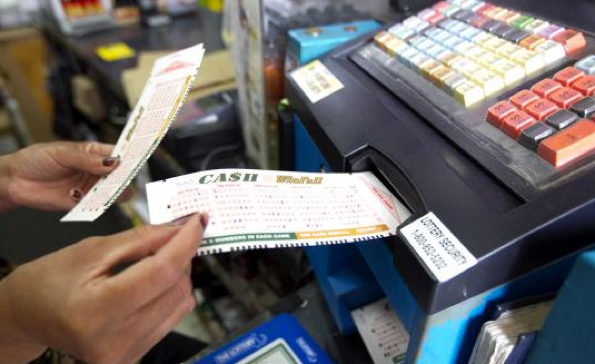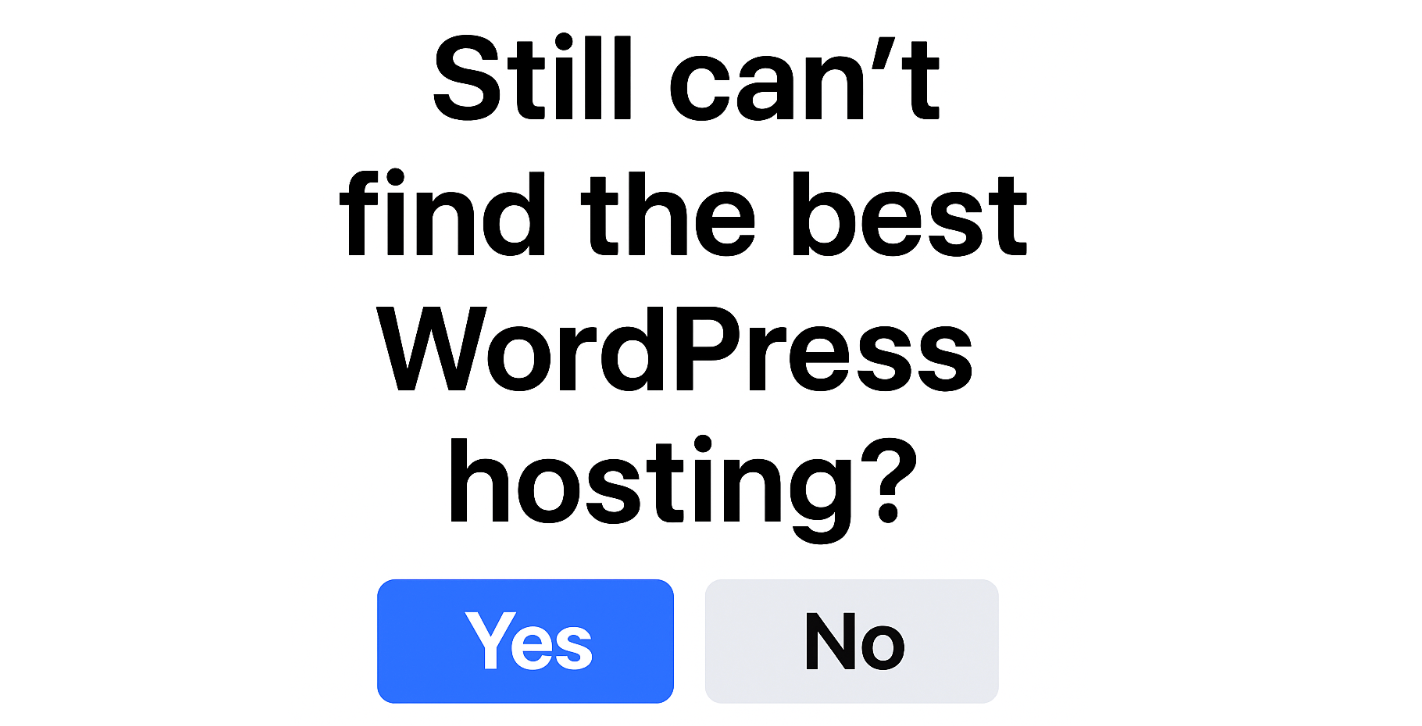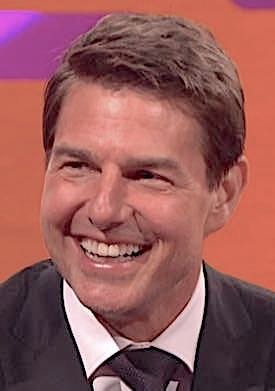How a group of MIT math students managed to win a whopping $8 million lottery jackpot
/Students at the Boston MIT manipulated the state lottery to win over $8 million during the course of 6 years. File photo.
It’s a classic story. For six years a group of Boston MIT school maths whizzes and a researcher won prizes valued at $8 million in a state lottery, and got away with it.
Worse though, is that the Massachusetts Lottery knew they were doing it.
In 2012 the Massachusetts Inspector General issued a report detailing how - not one - but three syndicates had cracked the state's Cash WinFall lottery game.

High-rolling players exploited Cash Winfall to gain millions in prizes. Photo: Yoon S. Byun.
It started in January 2005, when MIT senior James M. Harvey was looking for a senior independent study project, and came across Massachusetts' Cash WinFall. According to a report, it took him "only a few days" to realize the potential contained within Cash WinFall's loophole.
He figured out that it would only take about $100,000 in tickets to guarantee success in the Cash WinFall game.
The group had calculated that they could win prizes through the use of probability and advanced mathematics.
The Massachusetts Inspector General’s report detailing how three syndicates had cracked the state's Cash WinFall lottery game.
When the jackpot rose to $2 million or more, group members bought in and shared in the prize money, reported the Boston Globe.
Here's how the scheme worked: If the jackpot in a lottery game isn't won, it usually is rolled over to be added to the next drawing, giving a larger jackpot.
In Cash WinFall (a game discontinued in 2012) the jackpot was capped at $2 million. When no one matched all the numbers, the jackpot would be redistributed or 'rolled down' - to make lesser prizes 5 to 10 times greater than usual.
The odds of hitting the jackpot were one in 9,366,819.

But if you were smart, patient and had the means — as three betting groups were — there was a loophole in the system big enough to drive a truck through.
"The odds of matching five of the six numbers was about 39,000 to one, according to the odds published on the Lottery’s website during the game," the Office of Inspector General wrote. "That’s still a long shot on a single $2 ticket but within reach if you’re able to buy in bulk."
For instance, on Feb. 8, 2010 no one won the jackpot but $2,970,119 was paid out in lower tier prizes. So someone who spent $400,000 to buy 200,000 Cash WinFall tickets for the Feb. 8 drawing could reasonably expect to have cash winnings of $425,640, based on statistical probabilities.
The actual outcome could be quite different, but statistically this person has a 50 percent chance of winning $425,640 or more in cash prizes from this drawing.
If a 'roll-down' payout could be triggered, buying enough lottery tickets proved highly lucrative.
Here's what the odds would look like:

The game was so lucrative for the students that they gave up jobs to play their system on a full-time basis. They were backed by investors who shared in the profits, according to a report by State Inspector General Gregory Sullivan, reported the Globe.
Buying $600,000 worth of tickets virtually guaranteed a 15-20 percent return on investment.
The initial premise was proven by James Harvey, who turned $1,000 in tickets into $3,000 Feb. 7, 2005. He immediately made the project larger, forming Random Strategies Investments and spending hours filling out betting slips and lining up eager financers.
Within a few years, more groups popped up, but the MIT group figured out how to win the whole jackpot in a single drawing by 2010.
Despite knowing about the game's lack of integrity as far back as 2005, according to the paper, officials only stopped the game in 2012.

Some of the 1.2 million Massachusetts Cash WinFall lottery tickets, stored in a Michigan barn. Photo: Boston Globe
"I feel it is important to essentially apologize to the public because a game was created that allowed syndicates to gain special opportunities that others did not have," State Treasurer Steve Grossman told the paper.
State Treasurer Steve Grossman
"Using machines themselves [and] partnership with lottery agents, [and] using them after hours. We're sorry some gained unfair advantage," he said.
Grossman added, "Revenues were tremendous and the lottery benefited, but there were practices that were not appropriate and things done that were not right."
Officials knew things weren’t right when Random Investment Strategies cashed in 860 of the 983 winning tickets of $600 or more during one rolldown, Sullivan’s report said.
Despite repeated denials by lottery officials to the Boston Globe, Sullivan concluded they knew the game was compromised as far back as 2005 - even authorizing the sale of extra tickets and installation of extra ticket machines to the specific stores used by the students.
ABOUT CASH WINFALL:
Cash Winfall was drawn Mondays and Thursdays. Six numbers, 1 through 46 were chosen. The jackpot began at $500,000, and it always was paid in lump sum. Lower-tier prizes were $4000, $150, or $5 for matching five, four, or three numbers respectively.
Two numbers won a Cash Winfall bet. If the jackpot reached $2 million and was not won, the jackpot was 'rolled down' with the secondary prizes increased. Cash Winfall ended on January 26, 2012.
STORY: Boston Globe
RELATED:









































